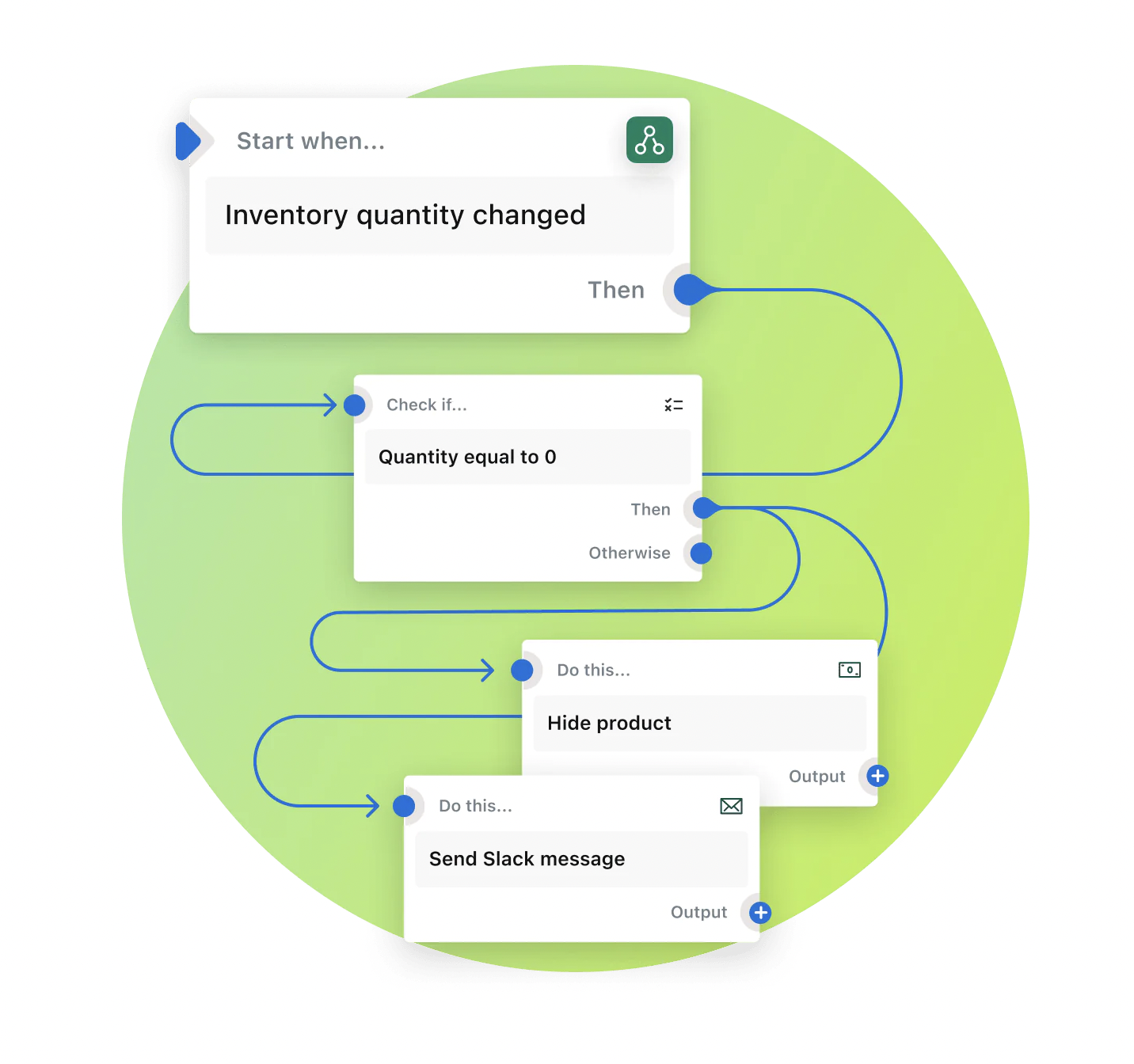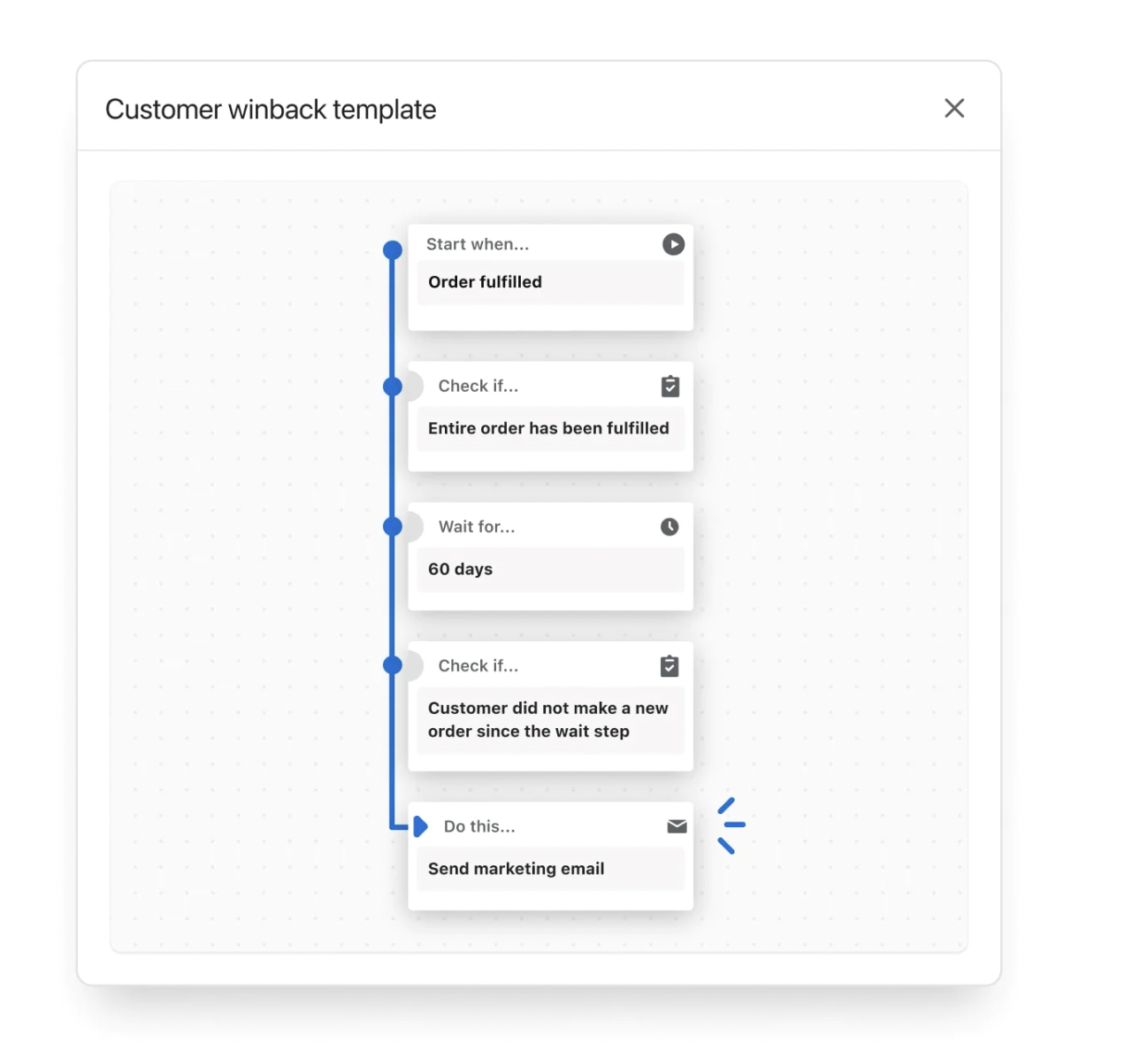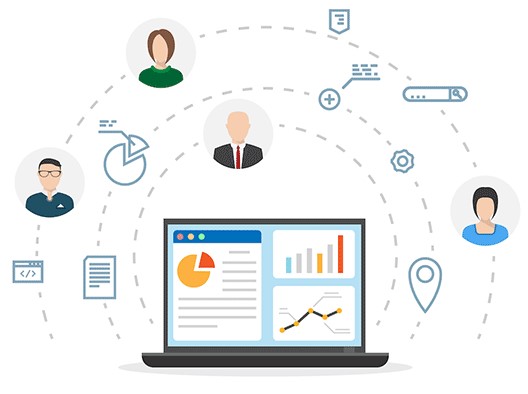Economic recessions can be daunting for businesses, but they also present opportunities for growth and innovation. For Shopify store owners, adapting to the changing economic landscape is essential.
How to boost your online sales during an economic recession?
Offer Value to Your Customers
During a recession, consumers become more cautious about their spending. It’s essential to understand what your customers need and value during this time. Tailor your products and services to meet these needs. For example, if you sell apparel, consider offering more affordable or versatile options that can be worn in various settings.
Also, another good idea is to offer discounts, promotions, or loyalty programs that can entice customers to make a purchase. For instance, you could offer a 10% discount on first-time purchases or launch a loyalty program that rewards repeat customers. However, ensure that these incentives do not compromise your profit margins.
Optimize Your Online Store
Make sure your Shopify store is easy to navigate, has a fast loading time, and is mobile responsive. This will enhance the shopping experience for your customers. For example, use clear categories for your products and ensure that the checkout process is as simple as possible.
Optimize your store for search engines to increase its visibility. Use relevant keywords, optimize product descriptions, and ensure that your site has quality backlinks. For instance, if you sell handmade jewelry, make sure that your product descriptions include keywords like “handmade,” “jewelry,” and specific materials used.
Leverage Workflows
In addition to optimizing your online store, it’s essential to streamline your operations and marketing efforts. Automation can play a key role in this, and Shopify offers powerful tools for this purpose: Shopify Flow and Marketing Automation Workflows.

Shopify Flow
Shopify Flow is an automation platform within Shopify that allows you to create workflows to automate various tasks and processes. This not only saves time but also helps in ensuring that your store operates efficiently.
Example 1: Inventory Management
Suppose you have a product that often sells out quickly. You can set up an automation in Shopify Flow that monitors the inventory levels of this product. When the inventory drops below a certain level, Shopify Flow can automatically create a purchase order for your supplier, ensuring that you never run out of stock.
Example 2: Customer Engagement
You can set up an automation for customer behavior. If a customer makes a purchase over a certain amount, Shopify Flow could automatically enroll them in a VIP customer group. This could then trigger a personalized thank you email with a special discount for their next purchase.
Marketing Automation Workflows
Marketing Automation Workflows allow you to automate various marketing tasks, freeing up your time to focus on other aspects of your business.
Example 1: Targeted Marketing Campaigns
You can set up a workflow to automatically segment and tag visitors based on various parameters, such as their browsing behavior, purchase history, or location. These tags can then be used for targeted marketing campaigns. For example, if a visitor frequently views a particular category of products but hasn't made a purchase, you could set up a workflow that automatically sends them an email with a special offer for products in that category.
Example 2: Abandoned Cart Recovery
If a customer adds items to their cart but doesn't complete the purchase, you could set up an abandoned cart workflow. This workflow could automatically send the customer a reminder email with a discount code, encouraging them to complete their purchase.
By leveraging Shopify's automation tools like Shopify Flow and Marketing Automation Workflows, you can enhance your store's efficiency and customer engagement. This is particularly beneficial during an economic recession, where efficiency and customer experience are paramount.

Thriving during an economic recession as a Shopify store owner requires adaptability, innovation, and a focus on providing value to your customers. By leveraging Shopify's new features, optimizing your online store, you can navigate through the challenges of an economic downturn.
Your resilience and creativity can turn a challenging economic period into an opportunity for growth and success.

